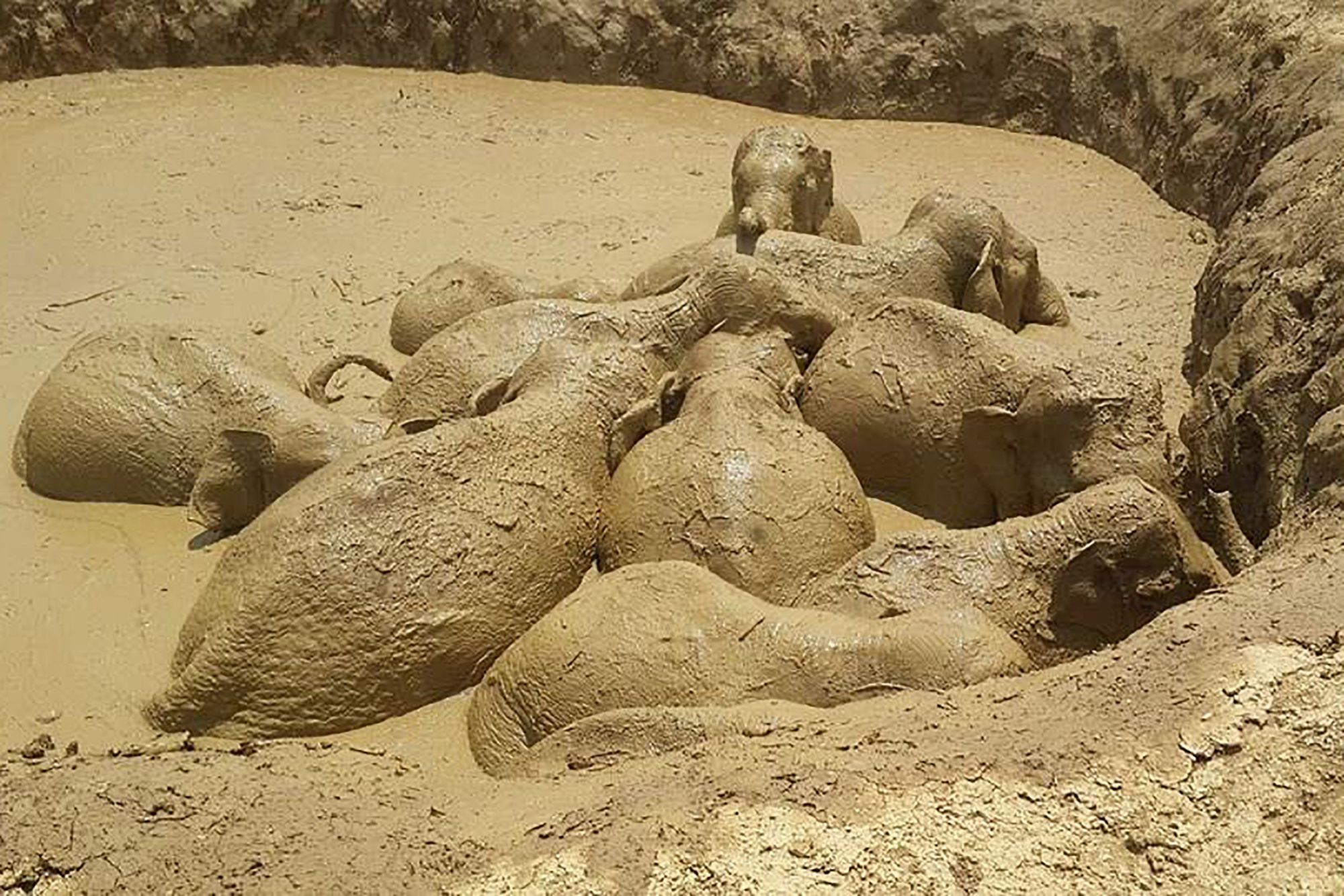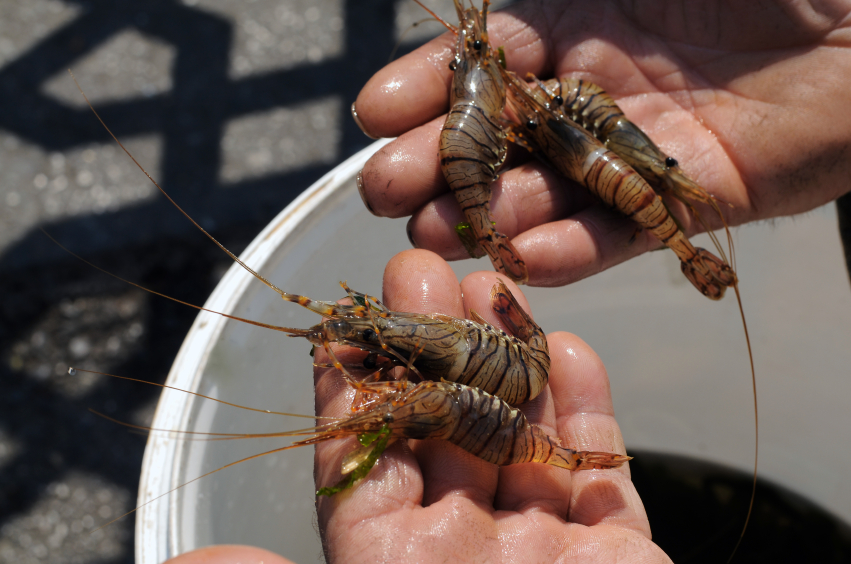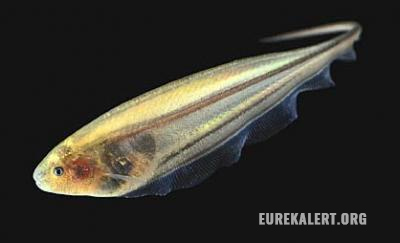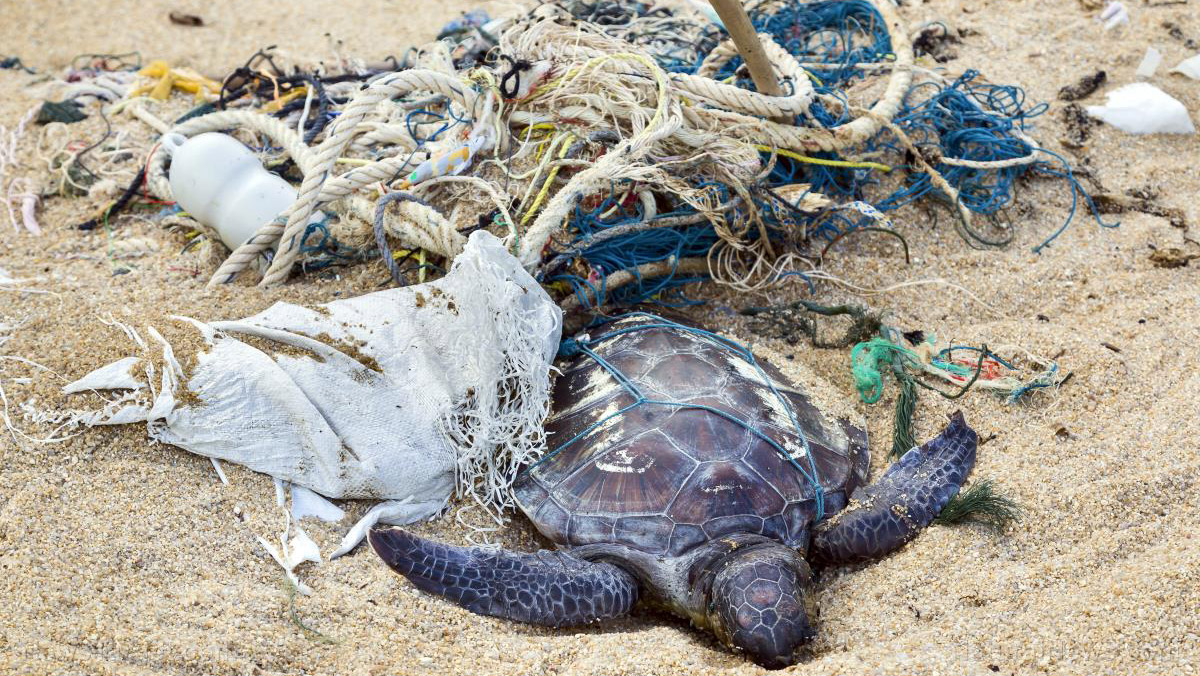Eleven Asian elephants saved from death in mud hole by grabbing ropes and cooperating with humans
03/24/2019 / By Rhonda Johansson

Eleven Asian elephants submerged in a mud pit for three days inside a wildlife reserve in Cambodia were rescued after a major group effort. The rescue of these animals prevented a tragedy for wildlife conservation.
Tan Setha, Wildlife Conservation Society (WCS)’s technical adviser for the area said, “These elephants represent an important part of the breeding population in Keo Seima Wildlife Sanctuary, and their loss would have been a major blow for conservation. If the community had not come together…this would have been a tragedy.”
The elephants were found trapped in a mud hole that was actually a bomb crater left over from the Vietnam War. The 10-feet deep crater had been enlarged by farmers to store water. Most likely, the elephants walked into the hole to drink but were unable to get out again.
Local farmers found the herd and immediately contacted the Department of Environment, who notified the WCS. “This is a great example of everyone working together in Cambodia to save wildlife,” said Dr. Ross Sinclair, Country Director of WCS. “Too often the stories around conservation are about conflict and failure, but this one is about cooperation and success. That the last elephant to be rescued needed everyone to pull together on a rope to drag it to safety is symbolic of how we have to work together for conservation.” Sinclair is referring to the group’s last effort to rescue a baby elephant who was unable to climb out on its own, even after rescue workers pumped more water into the pit to loosen the sludge.
The herd consisted of three calves, three adult females, and five juveniles of various ages, including a male almost at its maturity. Losing these eleven animals would have been a devastating blow to Cambodian wildlife. It is thought that there are only a few hundred Asian elephants alive in the country to date.
Elephant conservation
Elephants are on the International Union for Conservation of Nature (IUCN)’s red list. This is a world database of all animal species that are in danger of extinction. All three types of elephants (Asian, African forest, and African savanna) are at risk. WCS says that the elephant population is dropping at an alarming rate. Illegal hunting and habitat loss are to blame, along with the long gestational period of the animal. Elephants carry their young for nearly two years before giving birth. This is logical considering that elephants are the largest living and biggest-brained land animal in the world. However, this long gestation period is a factor that contributes to the decline in population; the loss of life caused by accidents, poaching, and lack of habitat is outpacing the natural re-population of the species. In terms of habitat loss, a 2013 PLOS ONE study showed that forest elephants in Central Africa suffered a 62 percent loss of population and a 30 percent loss of geographical range in only 10 years.
The goal of WCS, and other conservation groups, is to prevent illegal killing and reduce the amount of ivory trafficking around the world. This can be done by closely monitoring elephant numbers and threats to elephant habitats. The Keo Seima Wildlife Sanctuary (KSWS) in Cambodia — where this recent rescue was performed — is one of the key conservation sites for the Asian elephant. It has operated in the country for more than 15 years. The sanctuary also supports other important wildlife populations. The elephant conservation work in KSWS is supported by the United States Fish and Wildlife Service.
Elephants are important to the ecosystem. This gentle, highly intelligent animal helps create new pathways for smaller animals to use and helps trees disperse their seeds. Several tree species rely solely on elephants for their seed dispersal. Elephant dung contains a number of seeds from which many types of grass, bushes, and trees grow.
*Photo credit: Japan Times: AFP PHOTO / KEO SOPHEAK / MONDULKIRI PROVINCE
Sources include:
Tagged Under: animal intelligence, animal rescue, animals, Asian elephants, compassion, Ecology, Endangered species, environment, Good news, rescue, wildlife conservation, Wildlife Conservation Society



















